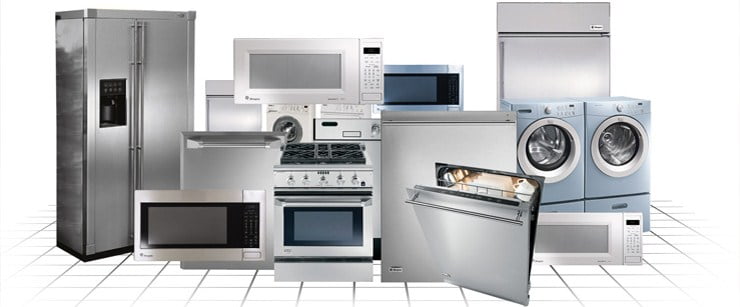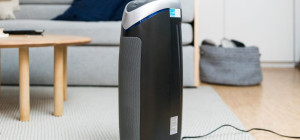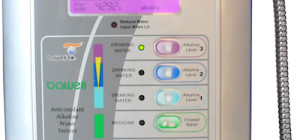 All year round, our appliances continue to work hard without too many issues or need of repair. Because of this, we can find ourselves taking things like our toaster for granted. The fact of the matter is that sometimes these contraptions that heat our food and brew our coffee wear out, break down and need appliance repair. You don't know how it works, and you certainly have no idea how to fix it. So what do we do? We can pay a professional to repair the appliance, of course, but that takes time and money - and you needed that coffee five minutes ago.
All year round, our appliances continue to work hard without too many issues or need of repair. Because of this, we can find ourselves taking things like our toaster for granted. The fact of the matter is that sometimes these contraptions that heat our food and brew our coffee wear out, break down and need appliance repair. You don't know how it works, and you certainly have no idea how to fix it. So what do we do? We can pay a professional to repair the appliance, of course, but that takes time and money - and you needed that coffee five minutes ago.
Most, if not all appliances, run off your home's electricity, utilizing the alternating current from the circuit wiring in your home.
Small appliances usually work on 110-120 volt circuits, and their plugs have two blades.
Larger or major appliances - examples of which are air conditioners, driers and washing machines - usually require 220-240 volt wiring. These appliances are wired with a ground wire, and their plugs have two blades and a prong. These types of appliances need to be plugged into a grounded outlet: one that fits the two blades and the grounding prong. Appliances are always labeled - either on a metal plate or appliance casing - with their power requirements in watts and volts, and in some occasions, amps.
Small appliances are fairly simple. They may consist of a simple heating element, a fan, a set of blades, or rotating beaters fixed to a drive shaft; they may just have two or three simple mechanical linkages. In contrast to the simplicity of their functions, the repairs that need to be made are equally simple.
Larger appliances, however, are so complex that it isn't obvious as to what the problem is right off the bat. In some cases, newer appliances include electronic diagnostics that can be interpreted from the owner's manual of the appliance. Larger appliances have two different devices: a control device, and a mechanical device. For example, a dryer's control device governs the heat, and the mechanical components make the drum spin. If the drum turns, but the dryer isn't heating, the problem is in the control system. If the dryer heats up, but the drum doesn't turn, the problem is mechanical. This analysis can be used to pinpoint the type of failure in all large appliances.
Finding out the exact cause of the problem isn't as difficult as it sounds, because appliance components work in a logical sequence. Start with the simplest possibilities, and test the components one by one to isolate the root of the problem.
When making appliance repairs, there are three major rules you should follow to ensure you don't hurt yourself, or ruin the appliance:
- Disconnect the electric power and/or gas supply before you diagnose the problem or make any repairs. If you turn the power on after making a fix, do not touch any of the components - just observe. If adjustments need to be made, turn the power off and disconnect it again.
- Parts held together with screws, bolds, plugs and other easy to remove fasteners, you will be able to make the necessary repairs. If they are riveted or welded, do not try to repair it yourself. In this case, call your professional appliance repair technician.
- In most cases, you can replace a part quicker and cheaper than it could be replaced and repaired by a mechanic. Locate the manufacturer's manual that came with your appliance to obtain their contact information, and the proper name and product number or identification of the part that you need.
- Sometimes it can be easier and safer to have an appliance repair professional come in and take care of the issue themselves as they do have a broader knowledge of these appliances.








